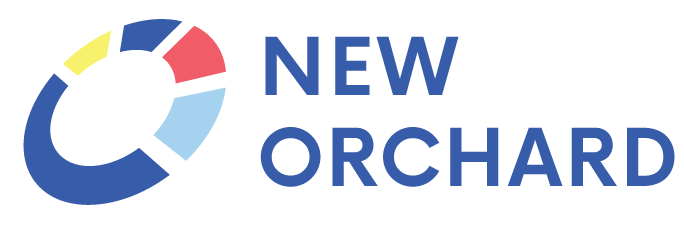Mergers & Acquisitions
The Journey System Platform is a powerful tool designed to enhance the success of mergers and acquisitions by providing deep insights into organizational dynamics.
The platform enables M&A professionals to quickly evaluate cultural compatibility, operational readiness, and strategic alignment between merging entities. This data-driven approach not only mitigates risks but also identifies synergies and growth opportunities, ensuring that integrations are smooth, value-creating, and aligned with long-term objectives.
Whether you’re navigating a complex acquisition or integrating a new partnership, the Journey System Platform delivers the clarity and precision needed to make informed decisions and drive successful outcomes. Below are some common uses throughout the M&A lifecycle.
Top of Funnel Activities
The goal of top-of-the-funnel activities is to gather valuable information about potential targets without creating barriers to entry. Integrating a brief survey, such as the 1–2-minute Organizational Identity Index (OII), into the information-gathering process is an effective way to achieve this. The OII provides early insights into a business's core characteristics and decision making criteria, helping you understand their strategic focus, resource allocation, and operational behaviors. Organizations can add customized to the OII to include additional relevant details, such as financials and product/service information, which can be easily exported for further analysis. This approach captures critical data early in the engagement process, allowing for more targeted follow-up and deeper target understanding.
Due Diligence
Organizations often utilize tools like the Organizational Identity Index (OII) and the Operational Maturity Inventory (OMI) to gain a comprehensive understanding of a team's current state in terms of processes, procedures, and overall operational effectiveness. The OMI provides deep insights into the organization's maturity across key areas. Additionally, the Organizational Change Capacity Assessment (OCC), a brief 10-minute survey, is frequently deployed across as many participants as possible to evaluate the organization's ability to manage and sustain change. This overall approach is often referred to as assessing the "Quality of Operations," or a Q of O, akin to a Quality of Earnings (Q of E) review, offering a holistic view of the organization's readiness and resilience.
Integration
Successful integration in mergers and acquisitions relies on a deep understanding of organizational dynamics. Tools like the Operational Maturity Inventory (OMI), Organizational Identity Index (OII), and Organizational Change Capacity (OCC) are invaluable in this process. By leveraging these comprehensive assessments, professionals can quickly evaluate cultural compatibility, operational readiness, and strategic alignment between merging entities. This data-driven approach mitigates risks, uncovers synergies, and identifies growth opportunities, ensuring that integrations are smooth, value-creating, and aligned with long-term objectives. Whether you're integrating a new partnership or navigating a complex acquisition, these tools provide the clarity and precision needed to make informed decisions and achieve successful outcomes.
Portfolio Management
In portfolio management, regularly reassessing an organization throughout the relationship is crucial for several key reasons:
Maximizing Investment Returns: Continuous evaluation helps identify areas for improvement, ensuring that investments yield optimal returns.
Risk Management: Ongoing assessments allow for the early detection of potential risks, enabling proactive mitigation strategies.
Strategic Decision-Making: Regular reassessment provides up-to-date data, supporting informed and strategic decisions that drive value.
Value Creation: By identifying opportunities for operational enhancements, organizations can unlock additional value and growth potential.
Maintaining Alignment with Fund Objectives: Reassessment ensures that portfolio companies remain aligned with the broader goals and objectives of the fund.
Enhancing Competitive Advantage: Continuous monitoring and adjustment help organizations stay competitive in a rapidly changing market.
Building a robust data set around these benefits through tools like the Operational Maturity Inventory (OMI), Organizational Identity Index (OII), and Organizational Change Capacity (OCC) strengthens portfolio management efforts, ensuring that investments are strategically positioned for success throughout the life of the relationship.




